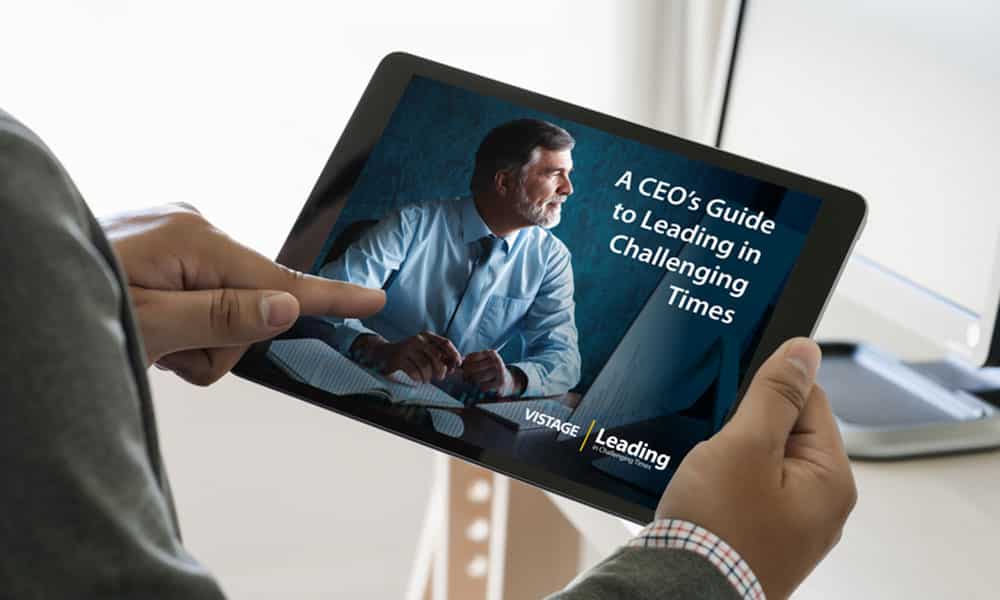
Leadership Resources
Leading in Challenging Times Resource Center
As the world’s largest organization of CEOs, we understand the importance of coming together with peers to make the important decisions that matter most. That’s why we’re committed to bringing leaders from across the world together in real-time conversations and connecting them with the tools and resources they need. Through our “Leading in Challenging Times” series, we’re committed to facilitating the conversations that leaders need now, so they can make better decisions that forge better tomorrows.












